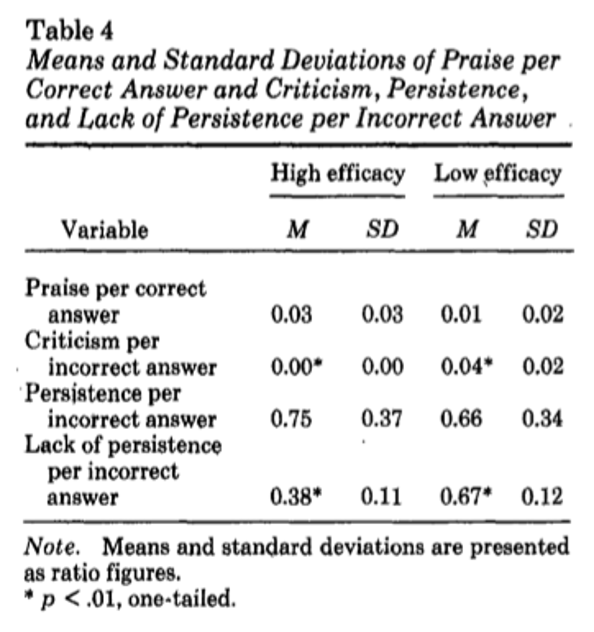01 Introduction
Introducing quantitative methods in educational research: Assumptions, purposes, and conceptualisations
This session will introduce you to the assumptions that underpin quantitative research. We will consider the potential value of quantitative research, and consider the process of quantising latent variables. Latent variables are variables that can only be inferred indirectly from data. For example, consider intelligence - there is no way to measure intelligence directly, we have to base our assumptions of intelligence on performance on some tasks, such as those in intelligence tests. Many variables of interest to educational researchers are latent variables (consider, attitudes to subjects, academic achievement, interest, belonging etc.)
In this session we will consider the affordances and challenges of constructing quantitaitve variables in the context of educational research.
1 Seminar tasks
1.1 Activity 1: The mismeasure of man?
“The Mismeasure of Man treats one particular form of quantified claim about the ranking of human groups: the argument that intelligence can be meaningfully abstracted as a single number capable of ranking all people on a linear scale of intrinsic and unalterable mental worth.
… this limited subject embodies the deepest (and most common) philosophical error, with the most fundamental and far-ranging social impact, for the entire troubling subject of nature and nurture, or the genetic contribution to human social organization.” (Gould 1996, ii)
Discuss:
- To what extent do the variables commonly studied in educational research (for example, intelligence, exam scores, attitudes etc.) validly represent some underlying latent variable?
- What advantages does quantification of such variables bring, and what issues does it raise?
- Can you think of an example in your own practice where a variable has been created that doesn’t fully reflect the latent concept? -What is the researcher’s role in making sure variables are validly represented?
1.2 Activity 2: An example of quantification
In the seminar we will consider this paper:
Pasha-Zaidi, N., & Afari, E. (2016). Gender in STEM education: An exploratory study of student perceptions of math and science instructors in the United Arab Emirates. International Journal of Science and Mathematics Education, 14(7), 1215-1231.
Pasha-Zaidi and Afari (2016)
Reflect on
- What potential issues arise from the authors’ construction of quantitative variables of ‘teacher professionalism’ and ‘teacher warmth’?
- To what extent does the authors’ survey validly probe the variables of ‘teacher professionalism’ and ‘teacher warmth’?
- What other critiques of the study can you propose?

1.3 Activity 3: A false dualism?
“‘Quantitative’ and ‘qualitative’ are frequently seen in opposition…. The contrast is drawn between the objective world (out there independently of our thinking about it) and the subjective worlds (in our heads, as it were, and individually constructed); between the public discourse and private meanings; between reality unconstructed by anyone and the ‘multiple realities’ constructed by each individual. The tendency to dichotomise in this way is understandable but misleading.” - (Pring 2000, 248)
Discussion Questions
- What are the differing assumptions of qualitative and quantitative educational research?
- Are the two ‘paradigms’ completely distinct? Is the distinction helpful?
- How should a researcher choose what approach to use?
1.4 Task 4: Another critique of quantification
The second task considers this paper: Gibson and Dembo (1984)
For the purpose of discussion, teacher efficacy has been defined as “the extent to which the teacher believes he or she has the capacity to affect student performance” (Berman et al. 1977, 137)
Tool

Findings

To discuss
- Does teacher efficacy measure a discrete aspect of teachers’ beliefs? Does that matter?
- Does the construct have validity? I.e., does the questionnaire measure what it claims to?
- What issues arises from quantifying teacher efficacy?
- What alternatives are there to quantitative measures of teacher efficacy? What are their advantages and limitations?